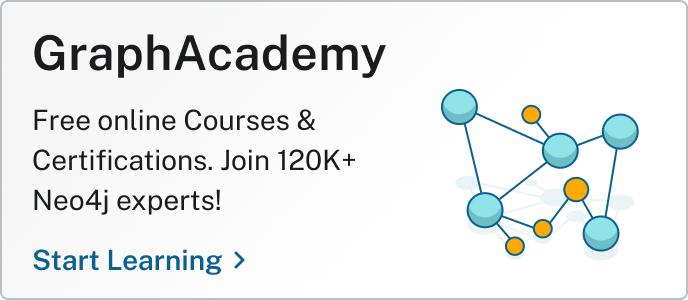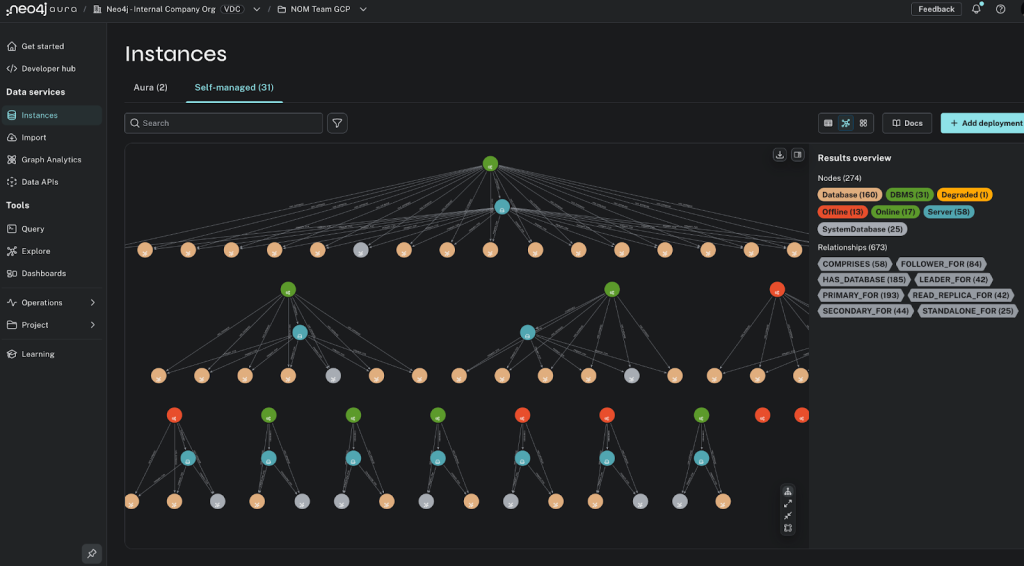Take Part in User Research and Help Shape the Future of Neo4j

UX Specialist, Neo4j
2 min read

Join our User Research Panel and get a behind-the-scenes look at how Neo4j products are built. As a panel member, you’ll have opportunities to participate in research studies like interviews, usability tests, surveys, and more — all designed to help us better understand what works for you.

Why Join?
- Share your voice directly with our product development teams
- Influence how Neo4j evolves and improves
- Get early insights into what we’re working on
- Receive paid compensation for your input
How It Works

When you sign up, we’ll ask a few quick questions about your background and experience. Whether you’re brand new to Neo4j or an expert, we welcome all perspectives. Your answers help us match you with studies that are most relevant to you.
When we invite you to a study, we’ll send all the details up front, including what it’s about, what to expect, and how long it’ll take. There’s no pressure; you can decline an invite and leave the panel anytime.
What Will You Do?
Every study is a little different. You might chat with a researcher over a video call, share your screen as you use Neo4j, try out a new feature or prototype, or simply answer a few questions. Whatever the format, your input will help shape real product decisions.
What Happens Afterward?
Once a study finishes, our researchers review what we’ve learned to uncover user needs, pain points, and patterns. These insights are de-identified (no personal data shared) and shared internally to help guide the future of our products.
Our Commitment to You
Your privacy and comfort matter. Before every study, we’ll ask for your consent and explain exactly how your data will be used. You’re always in control — you can opt out at any time and request that your data be removed from any past studies.
Ready to join us? Sign up now!
Take Part in User Research and Help Shape the Future of Neo4j was originally published in Neo4j Developer Blog on Medium, where people are continuing the conversation by highlighting and responding to this story.








